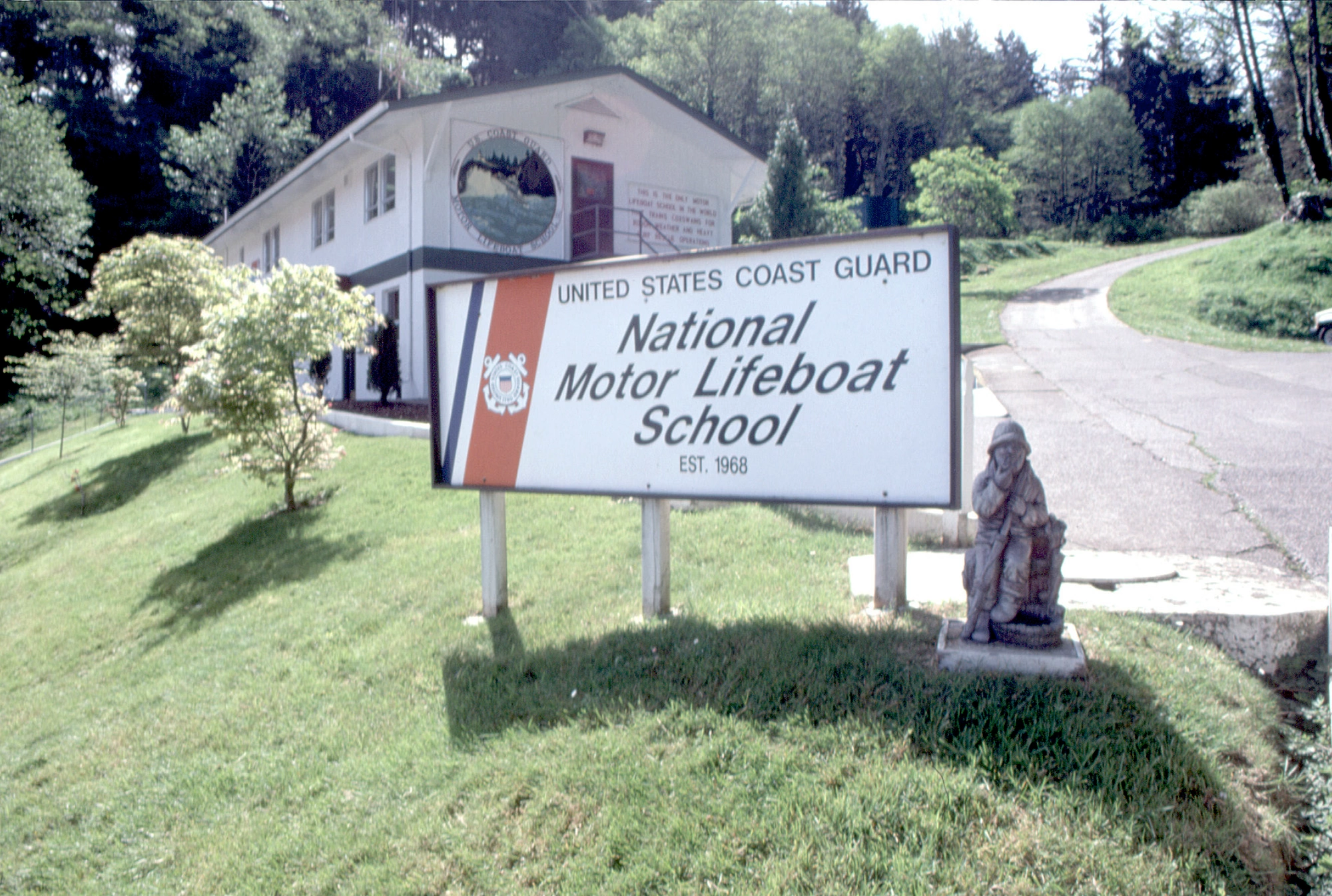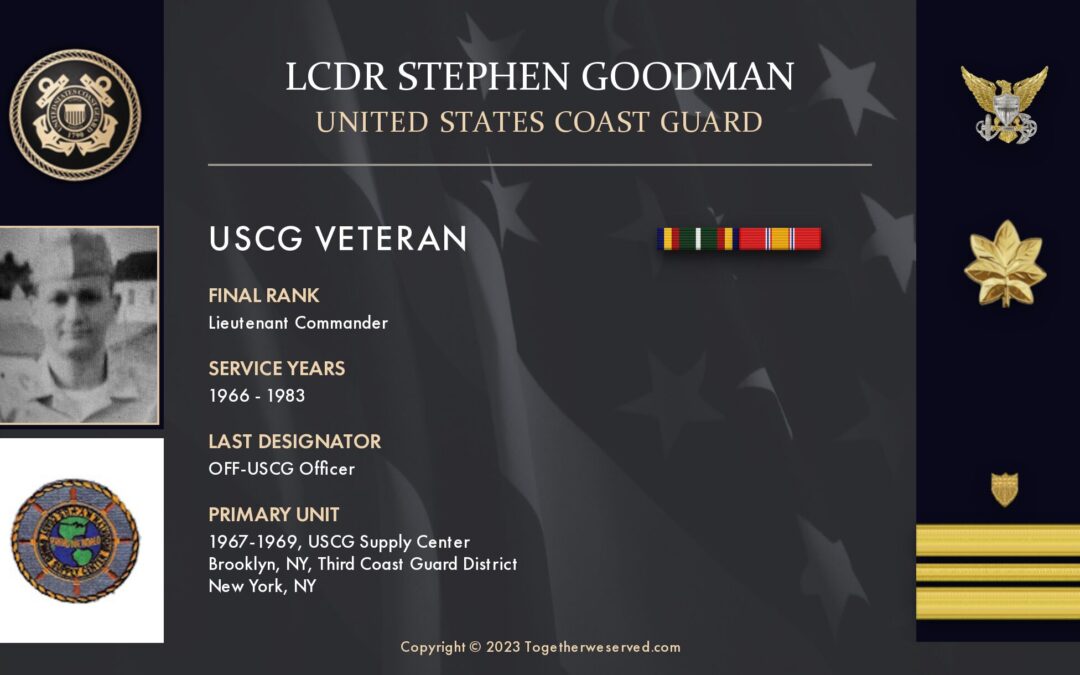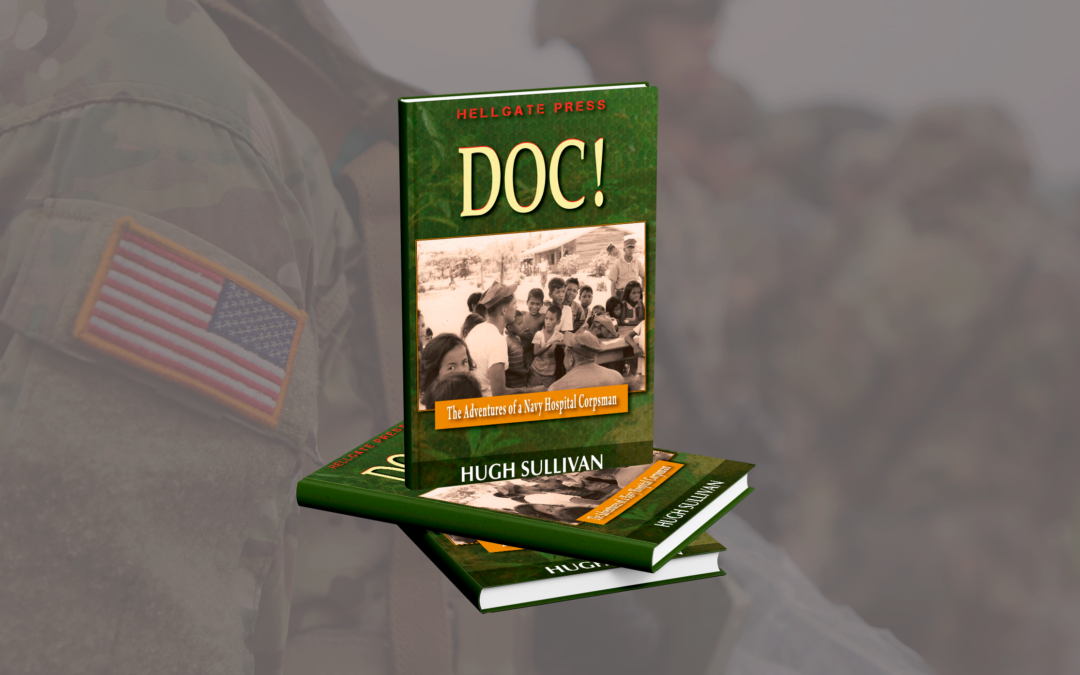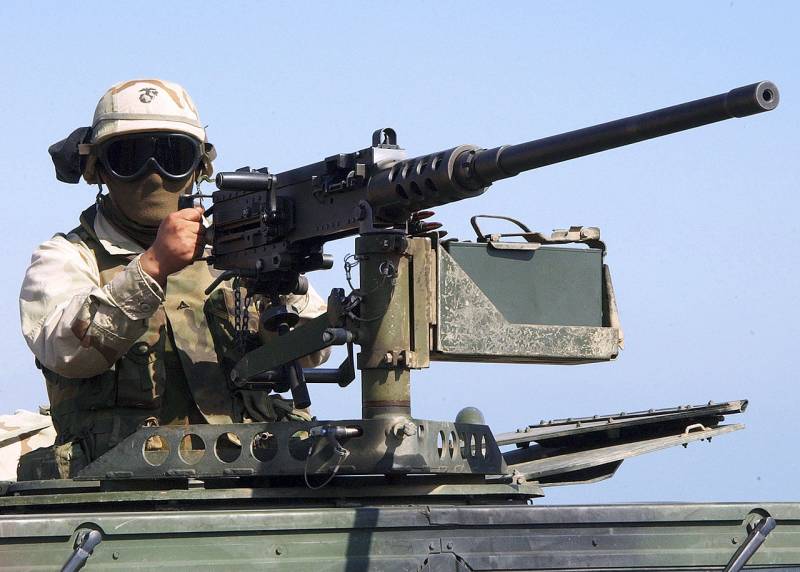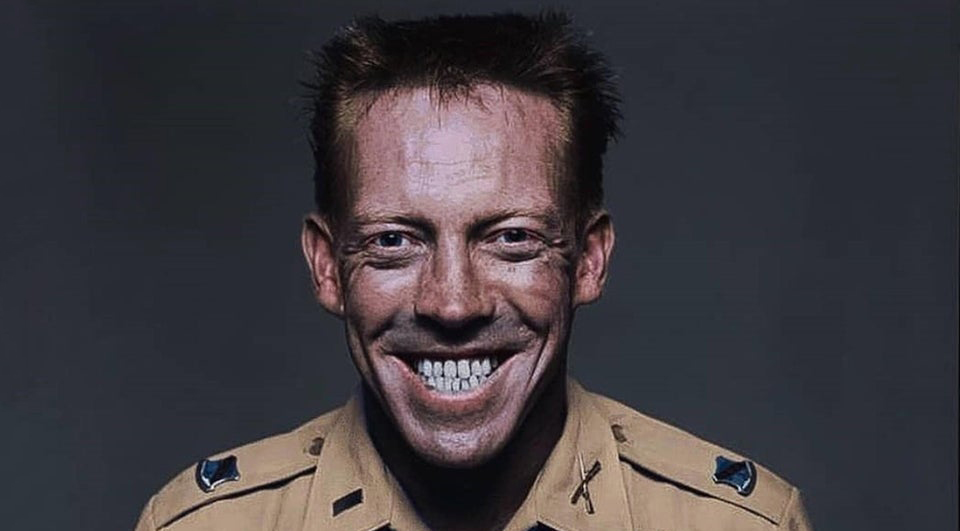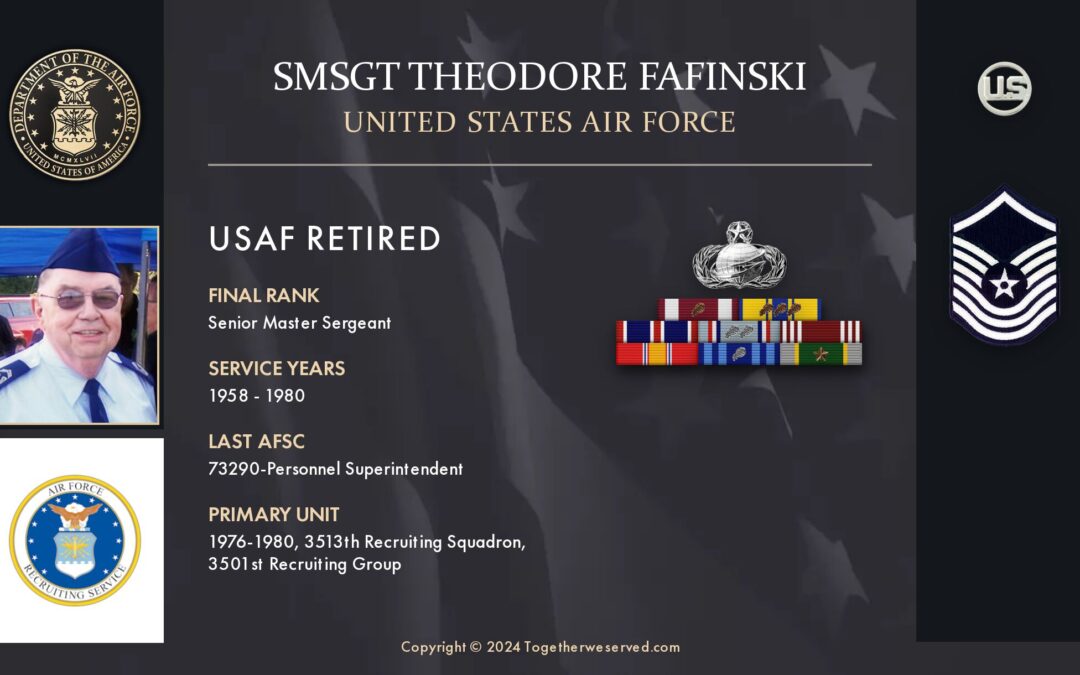The basic National Motor Lifeboat School (NMLBS) headquartered at Cape Disappointment on the Columbia River in Washington, sometimes in collaboration with the Advanced Helicopter Rescue School, is a grueling four-week program to earn the coveted Surfman badge in the US Coast Guard. Training is provided in four possible ascending stages: 47' MLB Introduction47' MLB Heavy Weather Coxswain47' MLB Surfman47' MLB Operations Supervisor "Metal clinked on metal as three small groups of US Coast Guard students and their instructors clipped canvas waist belts to both sides of their 47-foot rescue boats, vital lifelines for staying onboard when the big waves come.And on these waters, they always come." SURFMAN'S CREED I will to the best of my ability, pursue eachmission with the commitment, compassion,and courage inherent in the title"SURFMAN."I will endeavor to reinforce the worldwidereputation of our forefathers in theLifeboat Community.I will maintain a guardian's eye on my crewat all times,...
